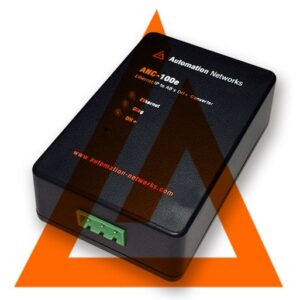PROFINET VS ETHERNET/IP
by Carl Henning, http://us.profinet.com/profinet-vs-ethernetip/
First, a disclaimer, and no surprise: I may be slightly biased in favor of PROFINET. That said, I believe the following facts to be actual facts. While this post could expand to thousands of words, this will be the Readers Digest version:
Organization.
| PI | ODVA | |
| Regional Associations | 27 | 4 |
| Members | 1,487 | 300 |
| Training centers | 28 | 1 |
| Test labs | 10 | 4 |
| Competence Centers | 53 | 0 |
No matter where products ship or plants are built, we’re there.
Certification. PI, the creator, maintainer, and educator about PROFINET, certifies
- Training Centers
- Test Labs
- Competence Centers
- Products
- PROFINET Installers
- PROFINET Engineers
ODVA, owner of EtherNet/IP, certifies only products.
Breadth. PROFINET covers discrete (factory) and process automation plus motion control.
ODVA covers discrete, but just this year started a special interest group for process. Motion control devices with EtherNet/IP are few and recent, perhaps explaining ODVA’s work with SERCOS, a dedicated motion control network. I’m confused as to what their message is about which to use; users probably are too. PROFINET introduced motion control devices 10 years ago, running on the same infrastructure as all other PROFINET devices. In other words, one network open to motion, PROFINET, and standard TCP/IP messages.
Depth. EtherNet/IP has equivalents for PROFINET’s PROFIsafe and Fast Start Up. But PROFIsafe works with PROFINET, PROFIBUS, and AS-interface Safety at Work and safety messages can be transmitted over copper, fiber, and wireless. And PI pioneered safety over the network 13 years ago. PROFINET is unequalled with PROFIenergy, redundancy of media, controllers, and devices, TCI, iPar Server, and much more.
Speed and Determinism. EtherNet/IP tries to “make do” with UDP/IP for real-time messaging. PROFINET uses a unique EtherType to skip UDP/IP for faster, more-deterministic performance. (See past post “PROFINET Uses TCP/IP?” for a dramatic comparison of PROFINET and EtherNet/IP. Spoiler: EtherNet/IP misses the target time by as much as 100%.)
Diagnostics. PROFINET builds on the concepts from PROFIBUS, allowing diagnostic information at the device, module, and channel level. Then requires devices to include IT protocols SNMP and LLDP. LLDP allows topology information to be extracted from the network. EtherNet/IP does not use LLDP.
Simple device replacement. The best thing about PROFINET requiring LLDP: it allows simple device replacement. A device can be replaced on the network and no switches have to be set and no computer is needed. Simply replace the device and it starts working!




